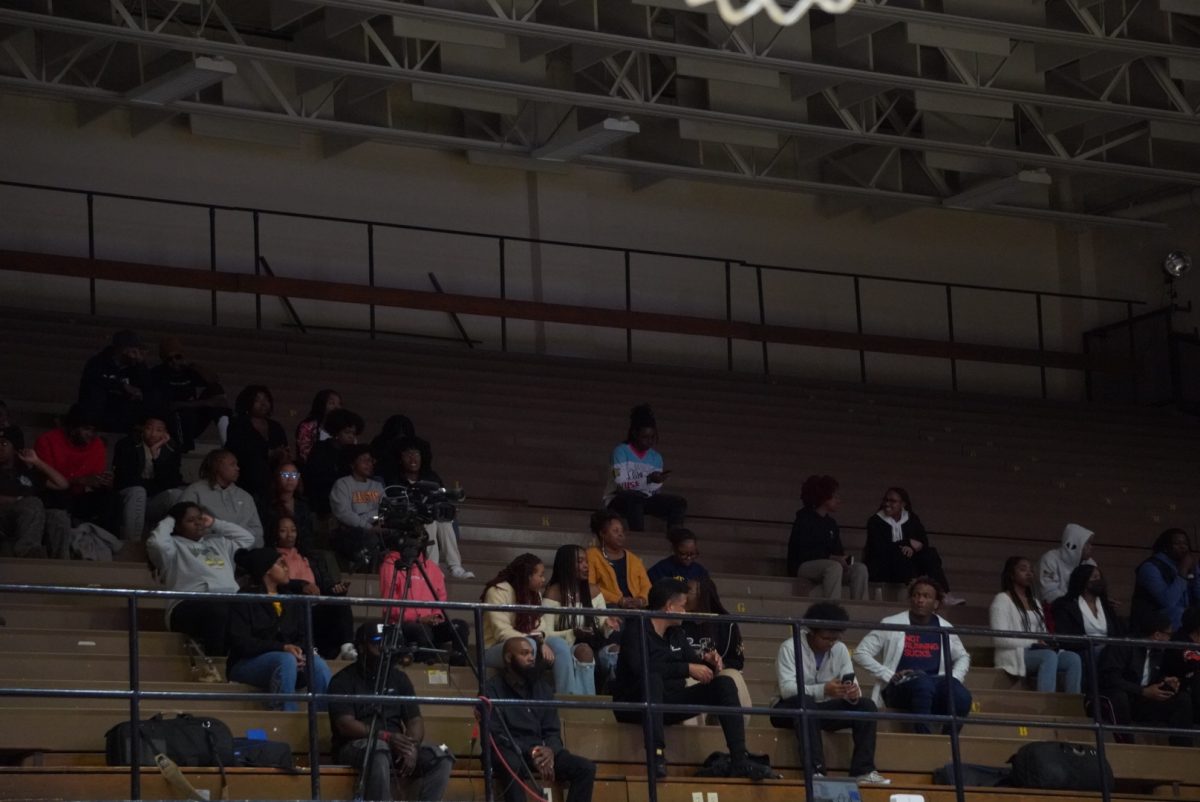(ARA) – With demand for electricity and natural gas rising along with energy costs, American homeowners can easily spend hundreds of dollars a month on utility bills.
“From air conditioning larger homes to powering today’s high-tech electronics, we are using more energy than ever and that is certainly hitting many homeowners in their pocketbooks,” says Victor Gonzalez-Maertens, an energy efficiency expert with Lennox Industries – a leading manufacturer of home heating and cooling equipment. “But there are ways to stretch your dollar further by evaluating how you spend money on energy and learning how to control those expenses.”
Gonzalez-Maertens explains that there are four key areas of energy consumption for the typical household: heating and air conditioning, appliances, water heating and lighting. Here is his advice for getting the most bang for your energy buck in these areas:
Heating and air conditioning
Heating and cooling accounts for about 46 percent of the average home’s utility bill and is typically the largest energy expense. To cut down on climate control costs, be sure to schedule annual routine maintenance on your heating and cooling system to ensure it’s running as efficiently as possible.
If the air conditioning system is more than 10 years old or the furnace is more than 15 years old – the average life spans of cooling and heating units – consider replacing them with a new, Energy Star-qualified system that will be more energy efficient and can help lower utility bills. For example, by replacing an old 10 SEER (seasonal energy efficiency rating) cooling system with a Lennox 21 SEER system, which is twice as efficient, homeowners can save more than $1,500 over a five-year period.
Programmable thermostats are another way to maximize energy efficiency. These devices automatically control the temperature to use less energy at certain hours of the day, such as nighttime or when homeowners are away from home.
Household appliances and electronics
Household appliances and electronics, such as refrigerators, clothes washers and computers, are responsible for about 28 percent of a home’s energy bill, according to Energy Star. Make sure appliances are clean and free of dust and lint to ensure proper ventilation and to increase their efficiency. In addition, check refrigerator and freezer doors to ensure they are sealed tight to prevent cool air from escaping.
When washing dishes, use the air-dry setting on automatic dishwashers rather than heated drying to conserve energy. Finally, be sure to unplug TVs and other digital devices when not in use, as they consume energy even when they’re turned off.
Water heating
Heating water is another major energy expenditure and accounts for about 14 percent of a household’s energy bill, according to Energy Star. Consider insulating the water heater with a water heater jacket that can be purchased at most hardware stores. Homeowners also can lower the temperature setting on the water heater to save energy. Some water heaters come from the factory already set at 140 degrees or higher, but a setting of 115 degrees can provide comfortable hot water for most uses. Finally, consider replacing a water heater if the existing one is more than 10 years old, as the average life span of a water heater is 10 to 15 years.
Lighting
Twelve percent of the energy budget for an average household goes to lighting, according to Energy Star. Switching out traditional incandescent lights with more efficient fluorescent lighting is a quick and easy way to save on utility bills. In fact, by replacing 25 percent of lights in high-use areas with fluorescents, the California Energy Commission says homeowners can save about 50 percent on lighting-related energy expenses. Energy Star-qualified fluorescent lamps also last six to 10 times longer. For exterior lighting, be sure to use compact fluorescent or high-pressure sodium fixtures – which are more efficient – and consider motion sensors that operate lights automatically.
For more information about how to stretch your energy dollar further, visit www.itpaystolivesmart.com, www.energystar.gov or www.lennox.com.






